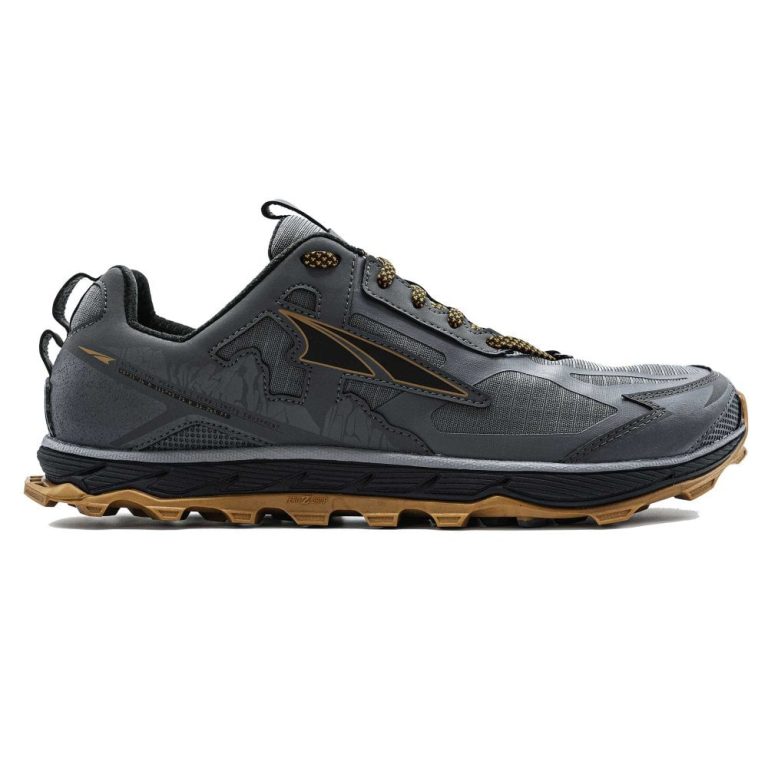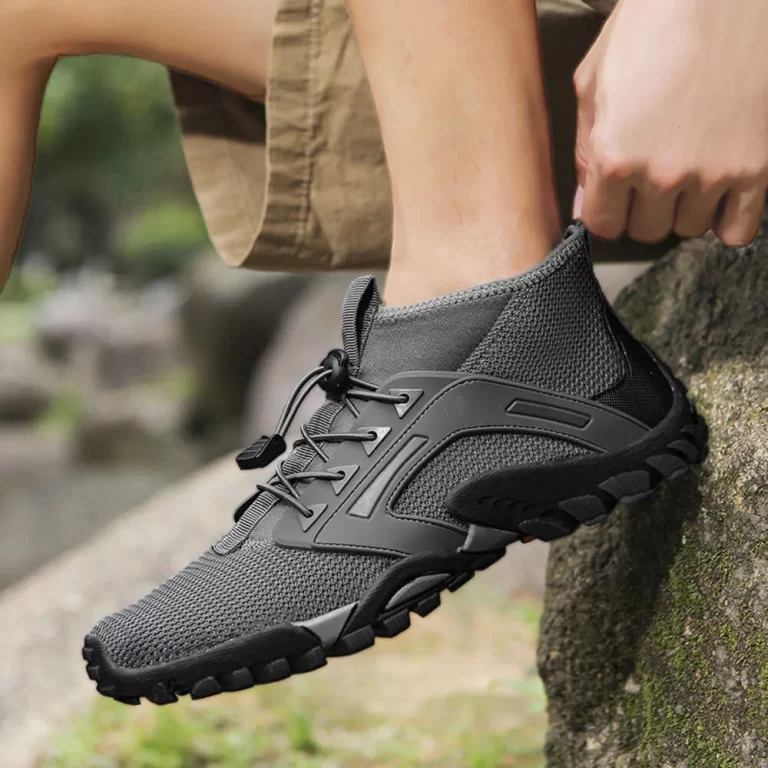
Long Distance Running Shoes: Tips for Maintenance and Care
Long distance running shoes are an essential investment for any serious runner. These specialized shoes provide the support, stability, and cushioning needed to endure long miles on various terrains. However, like any piece of athletic equipment, they require proper maintenance and care to ensure they perform optimally over time. Regular care not only extends the lifespan of the shoes but also enhances performance and comfort during runs. In this article, we will explore some effective tips for maintaining and caring for your long distance running shoes.
Understanding the Importance of Proper Care
The Role of Running Shoes
Running shoes play a crucial role in a runner’s performance. They can affect comfort, support, and even injury prevention. Long distance runners need shoes that can withstand the demands of extended miles, while providing the right balance of cushioning and stability. Over time, the materials can wear down, leading to a decrease in performance.
Regular maintenance is vital to prevent accelerated wear and tear. When shoes are properly cared for, they will not only feel better, but they will also protect the feet and joints from excessive strain during long runs. Understanding the importance of shoe care is the first step in maintaining your running shoes effectively.
Signs of Wear and Tear
Recognizing the signs of wear and tear is crucial in determining when to replace your running shoes. Common indicators include decreased cushioning, visible creasing in the midsole, uneven wear on the outsoles, and a reduced grip on surfaces. If you start to notice discomfort or instability while running, it is likely a signal that your shoes need attention or replacement.
Regularly inspecting your shoes allows you to catch any issues early. Making an effort to assess the shoes after each run can help you identify problems before they affect your performance. Maintaining a proactive approach will enhance the longevity of your shoes and help ensure safe running conditions.

Cleaning Your Running Shoes
Basic Cleaning Techniques
Cleaning your running shoes is essential to ensure they remain in good condition. Remove dirt and debris after every few runs to prevent buildup that can wear down materials. Start by using a soft brush or cloth to wipe off any dirt from the surface. For stubborn stains, a mild soap mixed with water can help. Avoid using harsh chemicals, as these can damage the materials.
For the insoles, remove them and clean them separately. Use warm, soapy water for a thorough cleansing. If the insoles have a strong odor, consider sprinkling baking soda on them and allowing them to sit for several hours before brushing it off. This method can help absorb unwanted scents and maintain freshness.
Washing Considerations
While it can be tempting to throw your running shoes in the washing machine for quick cleaning, this practice is not recommended for most running shoe types. Machine washing can damage the adhesives and structure of the shoes. If you must wash them, use a gentle cycle and place them in a laundry bag to minimize movement.
Always refer to the manufacturer’s instructions for specific cleaning recommendations. If your shoes are particularly expensive or made from specialized materials, it’s best to hand wash them. Taking the time to clean your shoes properly will help protect their integrity and performance.
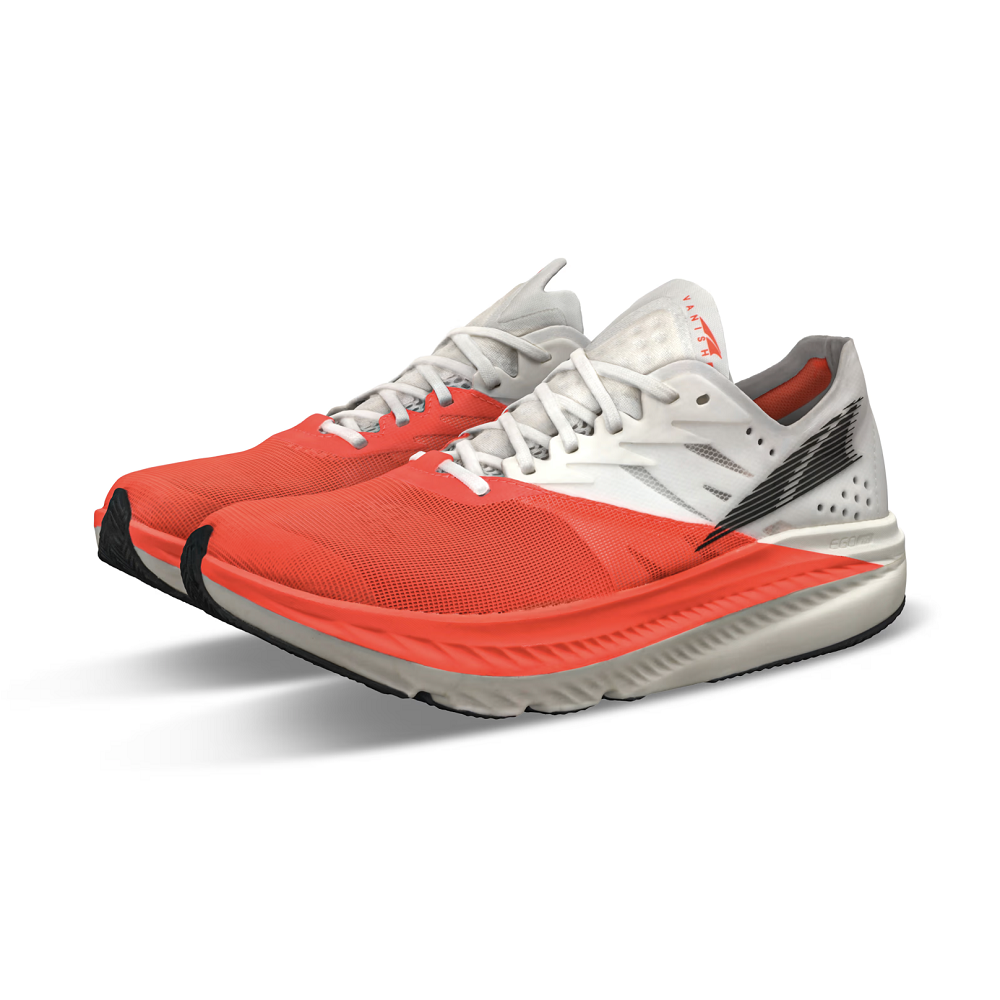
Drying Your Running Shoes
Importance of Proper Drying
After cleaning your running shoes, the drying process is crucial. Improper drying can lead to mold and mildew growth, which can cause unpleasant odors and damage the shoe’s materials. Never use direct heat sources, such as hair dryers or radiators, to dry your shoes, as this can warp the shape and structure of the shoes.
Instead, remove the insoles and laces, and gently reshape the shoes to their original form. Allow them to air dry in a well-ventilated area. If moisture remains, stuff your shoes with newspaper or paper towels to help absorb excess water. Change the stuffing periodically until the shoes are completely dry.
Storing Properly
Proper storage is also essential for maintaining your running shoes. When not in use, keep them in a cool, dry place away from direct sunlight. Exposure to excessive heat and sunlight can degrade the materials over time, leading to cracks and loss of elasticity.
If possible, store your shoes in a breathable shoe bag or box to help protect them from dust and dirt. Keeping them organized and protected will ensure they are ready to perform when you need them the most. Additionally, rotating between multiple pairs of running shoes can help extend their lifespan by allowing each pair time to decompress and recover.
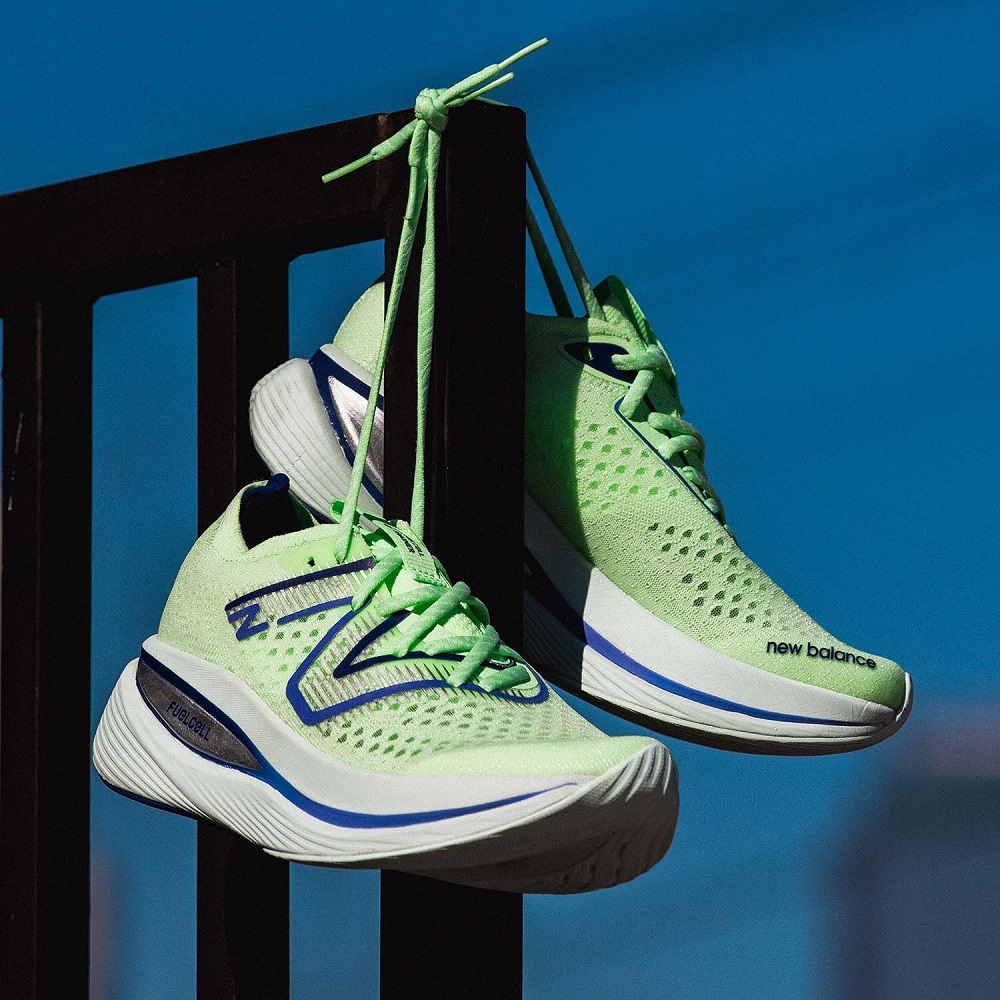
Paying Attention to the Outsole
Inspecting Wear Patterns
The outsole of your running shoes takes the brunt of the impact during your runs. Regularly inspecting the outsole for wear patterns is essential to understanding when it’s time for a replacement. Look for signs of excessive wear on the tread, which can decrease grip and traction. Pay attention to high-wear areas, typically around the heel and forefoot.
If the tread starts to smooth down and loses its texture, it may be time to consider a new pair of shoes. Running on worn-out soles can increase the risk of slips and falls, which can lead to injuries. Being proactive about replacing shoes based on outsole wear can help maintain stability and performance during runs.
Cleaning the Outsole
Cleaning the outsole is equally important. Mud, dirt, and debris can accumulate and affect your grip on various surfaces. After each run, check the outsole and remove any visible debris. Use a stiff brush or a toothpick to clean out any trapped materials, especially from the grooves of the tread.
Keeping the outsole clean provides better traction and helps preserve its lifespan. This simple step enhances safety and performance, allowing you to focus solely on your run without worrying about losing traction.

Mindful Usage of Your Running Shoes
Choosing the Right Terrain
Using your running shoes on the appropriate terrain is vital for their longevity. Running shoes designed for road running should primarily be used on paved surfaces. Similarly, trail running shoes are meant for off-road trails, where they can provide the best grip and cushioning suited for rough terrain.
Using the wrong type of shoes on inappropriate surfaces can cause unnecessary wear and tear. For instance, wearing road shoes on muddy or rocky trails can lead to damage to the shoe’s materials and cushioning. Always choose the right pair based on your intended running surface to ensure optimal performance and protection.
Limiting Usage
Another way to prolong the life of your running shoes is to limit their usage solely to running. Avoid using them for other activities, such as walking or playing sports, as this can lead to accelerated wear. Having a separate pair of shoes for non-running activities allows your running shoes to remain in good condition for their intended purpose.
Understanding the importance of mindful usage not only extends the life of your shoes but also allows you to enjoy greater comfort and performance while running. By being intentional about how and where you use your shoes, you can make the most of your investment.
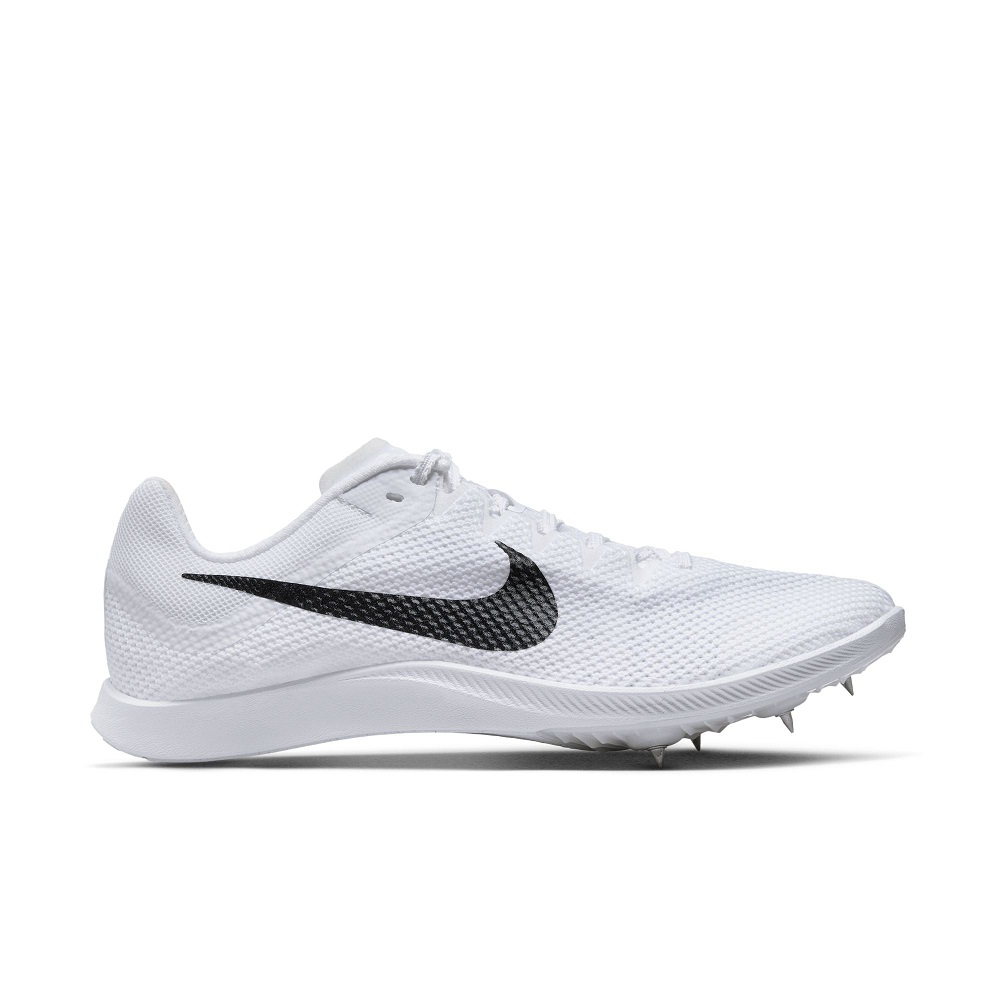
Recognizing When to Retire Your Shoes
Keeping Track of Mileage
Every runner should keep track of the mileage on their shoes. Most running shoes have a lifespan of about 300 to 500 miles, depending on the type and your running style. Keeping a running log or using a smartphone app can help you monitor how many miles you have logged on your shoes.
Once you reach the upper limit of the recommended mileage, consider transitioning to a new pair. Continuing to run in old shoes can increase the risk of injuries secondary to reduced support and cushioning. Monitoring mileage helps ensure that you retire your shoes when needed, maintaining both performance and safety.
Signs of Discomfort
In addition to tracking mileage, pay attention to any signs of discomfort during your runs. If you notice increased aches or pains in the feet, legs, or back, it may be an indication that your shoes are no longer providing adequate support. Changes in comfort levels often signal that it’s time for a new pair, even if the tread is still intact.
Being attentive to how your body feels while running can provide valuable insight into your shoe maintenance routine. If discomfort arises, don’t ignore it—consider replacing your shoes and reassessing your running habits for improved performance.
Caring for Your Investment
Understanding the Value of Your Shoes
In conclusion, proper maintenance and care for your long distance running shoes are vital for longevity, comfort, and performance. These shoes are an investment in your health and well-being, and taking the time to care for them pays off in the long run.
By following the tips discussed in this article, such as cleaning regularly, paying attention to wear patterns, and understanding proper usage, you can prolong the life of your running shoes. Remember to keep track of mileage and be aware of any changes in comfort or performance.
Enjoying the Journey
Ultimately, the goal is to enjoy your running experience. Well-maintained shoes will enhance your performance and keep you comfortable on your long runs. With proper care, your shoes will support you in reaching your running goals and keep you moving toward a healthier lifestyle.
Invest the time needed to care for your running shoes, and they will reward you with a great experience on the road or trail. Happy running!
